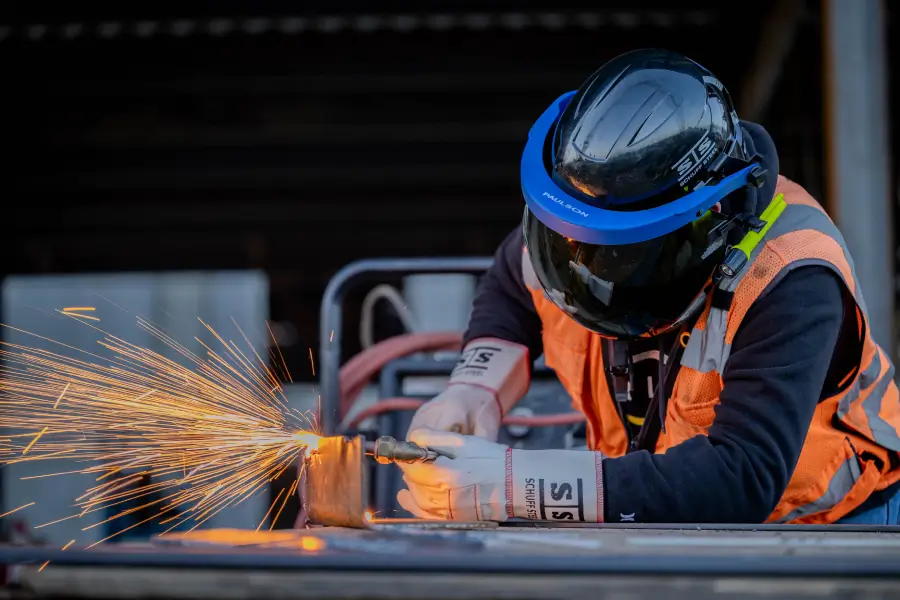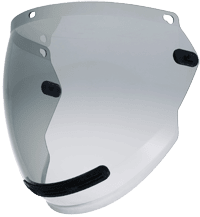Choosing the appropriate Personal Protective Equipment (PPE) is an essential aspect of maintaining a safe and compliant workplace. Whether you’re a frontline worker or a safety manager, understanding the key factors and standards that govern PPE selection ensures not only regulatory compliance but also worker protection, comfort, and operational efficiency. Below is a step-by-step guide to selecting the right PPE based on hazard level, compliance requirements, comfort, durability, and cost-effectiveness.
Step 1: Conduct a Thorough Hazard Assessment
Begin by performing a comprehensive workplace hazard assessment in accordance with OSHA 29 CFR 1910.132(d). Identify physical, chemical, biological, mechanical, and ergonomic hazards. Categorize risks by body zone to determine the PPE needed—such as face and eye, head, hand, hearing, or full-body protection.
Step 2: Understand PPE Categories and Applications
- Face and Eye Protection: Includes safety glasses, goggles and face shields. Must meet ANSI/ISEA Z87.1-2020. Choose based on risk of flying particles, chemical splashes, or optical radiation (e.g., welding).
- Head Protection: Hard hats must meet ANSI/ISEA Z89.1-2014. Select Type I for top impacts, or Type II for both top and lateral impacts. Electrical classifications (Class G, E, and C) are also critical in environments with arc flash risk.
- Hand Protection: Gloves should be selected per ANSI/ISEA 105-2016, considering cut resistance, chemical protection, thermal resistance, and dexterity. Use job-specific gloves for tasks like handling solvents, abrasive materials, or high-heat components.
- Hearing Protection: Earplugs and earmuffs must comply with OSHA 29 CFR 1910.95 and be rated with an appropriate Noise Reduction Rating (NRR). Choose based on exposure levels determined via noise monitoring.
- Protective Garments: These range from basic coveralls to flame-resistant (FR) clothing meeting NFPA 2112 for flash fire or NFPA 70E for arc flash. Consider penetration resistance, breathability, and garment durability.
Step 3: Evaluate Compliance and Certification
Always ensure PPE is certified to the applicable national or industry standard. For example:
- OSHA mandates PPE must be tested and certified by nationally recognized testing laboratories (NRTLs).
- ANSI/ISEA standards dictate performance and testing criteria for various PPE types.
- For respiratory PPE, ensure NIOSH certification under 42 CFR Part 84.
Step 4: Consider Comfort and Ergonomics
PPE must not hinder movement or cause excessive fatigue. Poorly fitted or uncomfortable equipment reduces compliance and increases risk. Look for adjustable features, breathable materials, and ergonomic design, especially for long-duration wear.
Step 5: Prioritize Durability and Long-Term Value
Investing in high-quality, durable PPE reduces replacement frequency and enhances overall safety. While upfront costs may be higher, extended product life, reduced downtime, and fewer injuries result in significant long-term savings.
Step 6: Assess Cost-Effectiveness Holistically
Beyond purchase price, it’s important to factor in training, maintenance, replacement rates, and worker downtime when assessing overall cost-effectiveness. Select vendors who provide support in fit testing, training, and inventory management.
Building a Safer Workplace
The right PPE selection goes beyond meeting minimum safety requirements—it’s about ensuring optimal protection, compliance, comfort, and value. By following a systematic approach grounded in hazard assessment, regulatory standards, and practical considerations, safety professionals and industrial workers can make informed decisions that enhance both safety outcomes and operational efficiency.
Since 1947, Paulson Manufacturing has been producing world-class face & eye PPE for industrial workers and first responders across the globe. Known for our commitment to innovation, comfort, and durability, we strive to make sure our safety products go above and beyond compliance, allowing workers to do their jobs safely and effectively.
For more information on selecting the right PPE for your workplace, please contact us today.





